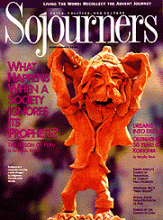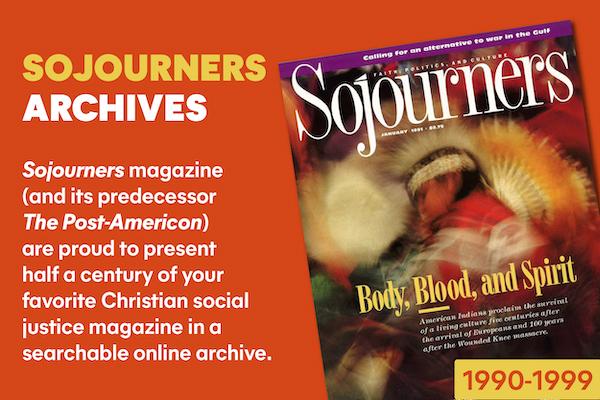Joe Nangle, OFM, was in pastoral work in Lima, Peru, from 1964 to 1975, and later made many trips to Peru and other parts of Latin America. In August 1992, in response to the stepped-up activities of the Shining Path (see "Terror on the Left," December 1992), he returned to Lima to assess the situation personally and visit the people he had worked with years before.—The Editors
One Peru...
I first met Olga Valencia because of the killing of her oldest child by a hit-and-run driver on the Pan American Highway near the center of Lima, Peru. Nine-year-old Jose met an early death as he walked along that busy roadway toward home, carrying in a small pail the scraps of food he had just begged for his family from nearby middle-class homes. That day Olga waited for Jose until the clock told her that something was seriously wrong and she began to retrace Jose's route home. She eventually found a few of us gathered around his lifeless body on the shoulder of the road.
I came to know Olga, as well as her husband and other children, during the several days it took to get Jose buried. As a typical indigenous family, with roots in the Andean highlands, the Valencias could count on little help from their society, even in the tragic death of their child. Police investigators, medical personnel at the morgue, the judicial system of Peru, and the undertaker all seemed determined to block at every turn the Valencias' right to mourn their son and bury him with dignity. Nothing new here for members of Peru's underclass.
Read the Full Article

